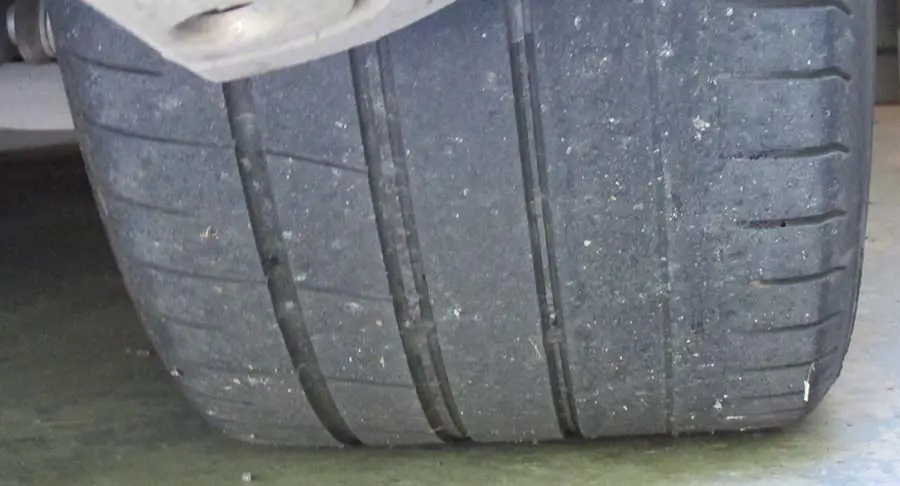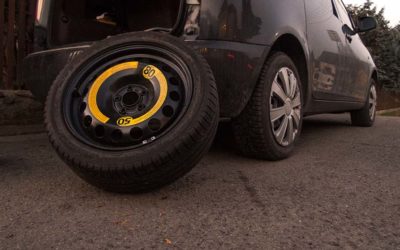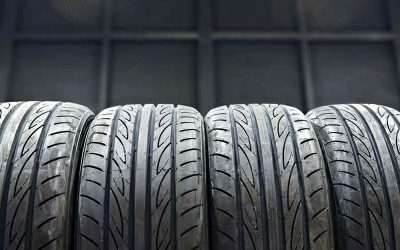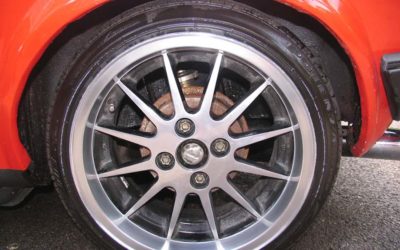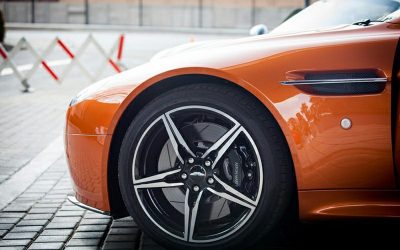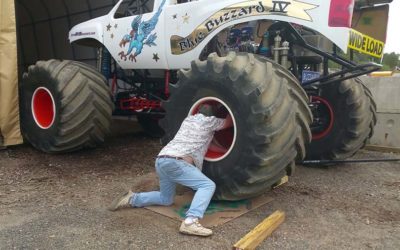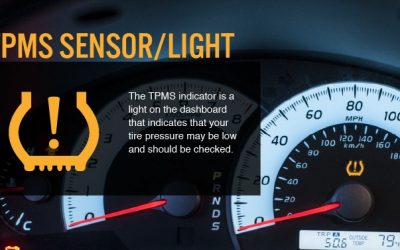Tire Wear Problems And Its Effects
Numerous drivers question the matter when it arises! It’s because they don’t detect any indicators of deterioration until the tire’s performance has deteriorated. Outside scuffing is dangerous and also super costly. It directly affects your happy journey every day!
Dangerous
The number of the tread on the tire is too little, which might make driving dangerous because the part of the vehicle contacting the surface of the road won’t provide enough grip. The tire’s failure to retain optimal traction, particularly on cold or wet roads, makes it susceptible to slippage.
Costly
Tires that wear down fast endanger your safety and your vehicle’s performance. They also leave a large hole in the wallet. The tire wear, when it reaches the worst level, is irreversible and necessitates tire replacement.
The health and effectiveness of the vehicle suspension system can be determined by looking at patterns of tire wear. The following is a quick rundown of the most prevalent causes behind the front tires wearing on outside.
What Would Cause A Tire To Wear On The Outside?
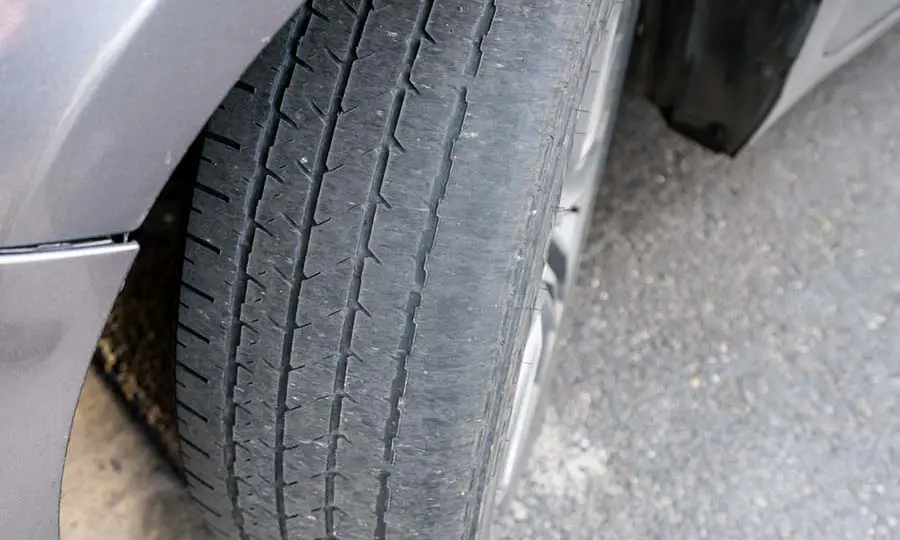
Wheel Misalignment
The first reason for tires wearing on the outside is wheel misalignment.
It happens when your vehicle has a positive camber, it puts additional pressure on the outside edge of the tire. As the rubber on one shoulder wears faster, uneven scuffing happens.
Besides, after hitting a huge pothole or being in an accident, the suspension system may become out of line, and poor misalignment may occur.
Therefore, after a strong collision, while putting some suspension parts or a new tire, or even when you do a tire rotation process, please do remember to examine whether the wheel alignment is correct or not.
The recommended miles to check the wheel alignment is that your vehicle reaches 6,000-12,000 if there is no incident or change and your buddy is not involved in any road hazard. Still, when tires and the suspension system age, inspections must be performed more regularly.
Failing Ball Joint
The outer tire wear plus tire feathering near center points are the first indicators of ball joint failure.
One of the most important parts of your vehicle’s front suspension is the ball joints. They are similar to human hip joints. Their job includes keeping the optimal contact of the tire with the ground during the suspension’s motion. They also manage arms to ensure a smooth ride and complete control of the vehicle.
Like other parts of your vehicle, when the part gets older and starts wearing, the wheels become misaligned, and tire wear on outside edge of front tires.
In detail, they point outward, which indicates that the wheel alignment – the toe angle setting is out. Like with the positive camber angle, the wear might be less obvious in this situation, but it is no less harmful. Negative or positive camber could be linked to the failure of the ball joint.
Keep in mind: Because the lower ball joints bear the vehicle’s weight almost the entire time, the wear may occur sooner.
Sagging Springs
Sagging springs are the next explanation for tire wear outside edge!
Most drivers are already aware of how important the vehicle’s springs are. As a vital part, they sustain the entire weight of the vehicle. In addition, they also absorb shock forces from road shocks that you experience when passing over a pothole or bump/undulations on the road.
A continuous load damages the springs, causing leaf spring arch or coil spring height loss. Tire peeling on outside is mainly caused by aged coil springs. The car loses height as coil springs sag, causing the entire suspension system to misalign. From that, the wear happens. If the sagged/worn-out leaf spring occurs, it might create caster misalignment, exacerbating the problem.
Bent Spindles/ Struts
Struts/spindles are an essential part of most automobiles’ suspension systems. They connect the shock absorber’s dampening impact and the ball joint upper part.
Its role is to keep the tire and wheel stay in place. Maintaining ride comfort also necessitates their peak performance.
Struts Bending
The struts affect the suspension’s camber position. The strut top is usually rotated to achieve optimal camber performance and proper wheel alignment.
Some particular sections are bent if the struts deformed, and the alignment alters as well. As a result, the outside or inner edge of the front tires will be worn based on the alteration.
Hence, the best solution is to replace the bending and misaligned setting part. Still, if the struts are not too badly broken, some experienced tire shops will straighten them instead of replacing them!
Misaligned Strut Tower
As time flies, the metal starts rusting and degrading, and the strut tower potentially shifts out of its origin position. The wheel’s camber adjustment becomes mismatched when it happens, causing the outside edge wear on the front tires.
Strut towers assist in vehicle stabilization, particularly when the vehicle moves at high speeds.Thus, you may lose entire control of the vehicle if the tower falls. Once the strut towers can not fulfill their role, your entire vehicle control will be lost.
Spindle Bending
The excessive pressure on the hub on the wheel might generate a vibration, which could lead to a bent spindle. Consequently, the wheel alignment changes too. Then, uneven wear may develop if it is not detected in time.
Bushings Problem
Bushings operate as a kind of cartilage, and when they wear out, the suspension system core component – the control arm slides out of place, producing wheel misalignment. Such damage wreaks havoc on the camber adjustment, so you may observe the outer tire wear.
Due to extreme road conditions, the bushings problem may happen early. Whenever you see wear or crack, you should consider removing and replacing it as the part may be destroyed.
How To Prevent Tire Wear On The Outside
The sole contact part between your car and the road is the tire. As a result, it must be maintained at ideal levels to ensure optimum safety and traction. Tire care is essential to ensure that they properly work as you drive.
Although these items are composed of durable materials, checking the tires periodically is recommended! Even if you find no tear or wear signal, you should go to the tire store to check it before any long road trips. And it pays to replace the tire every six years.
Every 5,000 to 8,000 miles, tire rotation is needed. Rotating the tire minimizes uneven wear, heat, and friction. The work will extend tire life. Consequently, your money will not always run out! Better control tires provide greater handling.
Conclusion
The more damaged the tire’s outer edge is, the greater the chance of a tire blowout.
When the tires start wearing, there will be the time the tread depth is likely reaching under the legal requirement of 2/32″. Such products should be considered bald tires, and you should replace them immediately! Otherwise, the cords may be exposed, and catastrophic damage like a flat tire may happen!
To avoid these situations, you should strictly follow routine maintenance to inspect all key parts to ensure none are impaired. And don’t forget to update tire news from us for better controlling your vehicle.

